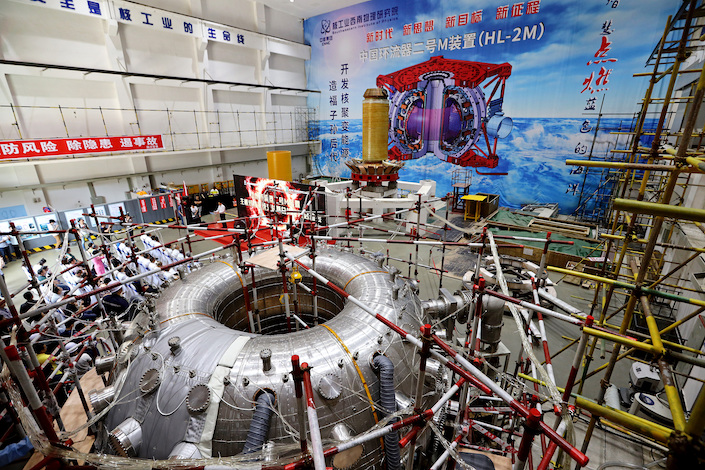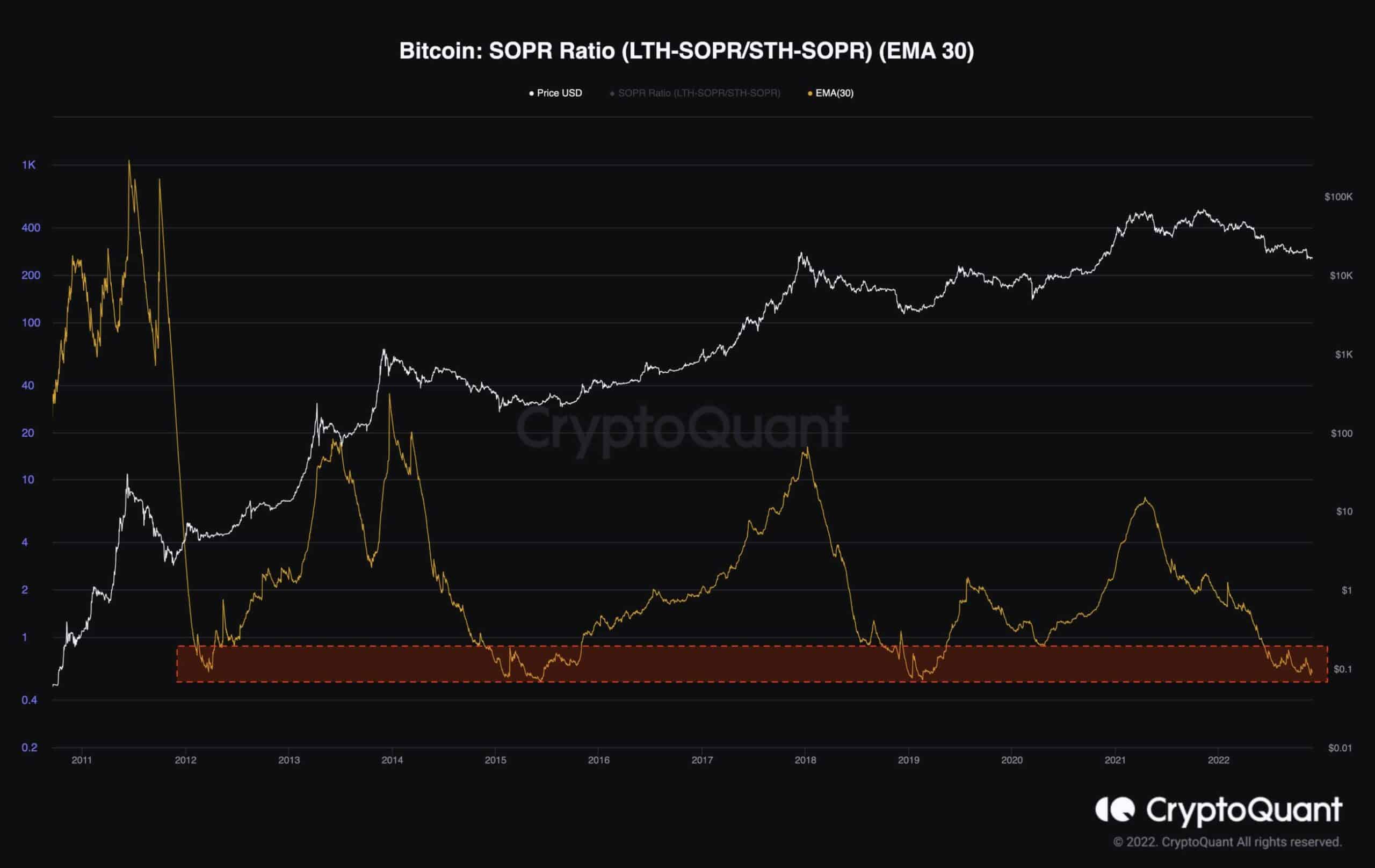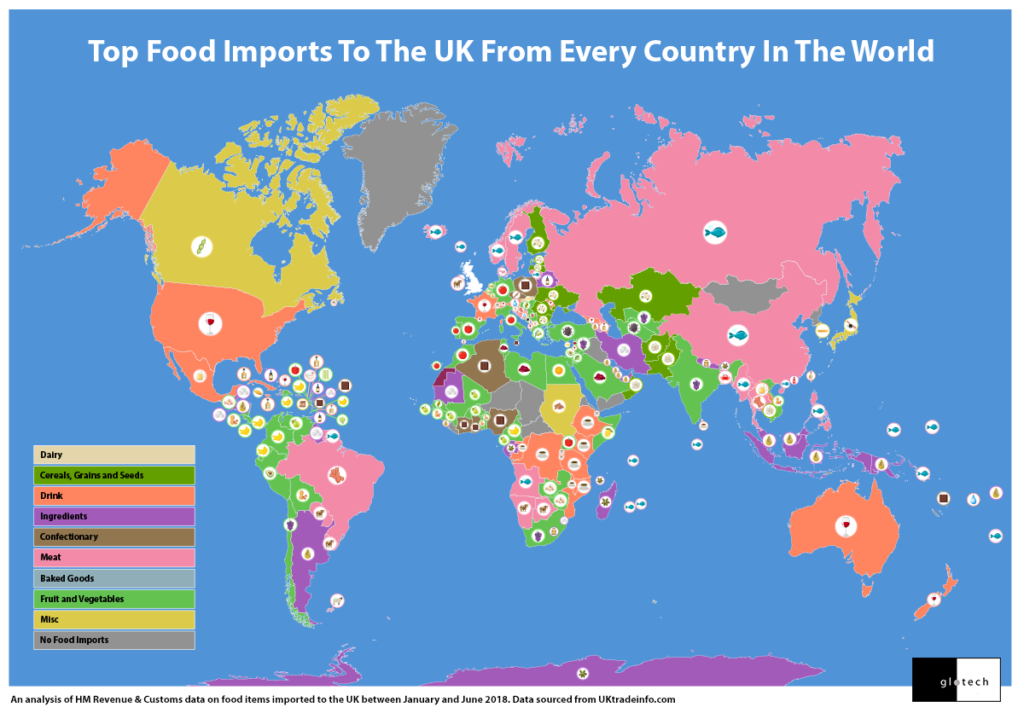Alright, folks, let’s talk oil. We’ve seen a solid bounce back in crude prices, and it’s not happening in a vacuum. This isn’t some random spike – it’s a confluence of factors that are forcing the market to recalibrate. Let’s break it down.
First up, US oil production is showing signs of weakness. Drillers are pulling back from the shale patch, which means slower growth in supply. This is hugely important. We’ve been swimming in US oil for years, and a slowdown changes the game.
Then you’ve got demand, and it’s picking up precisely where we need it to. Europe’s energy situation is stabilizing, and China’s reopening – despite some bumpy patches – is still translating into increased oil consumption. They’re hungry for fuel, plain and simple.
But don’t pop the champagne just yet. We’re still in a world brimming with geopolitical risk, and a recession lurking around the corner could quickly derail this rally. The question isn’t if there will be volatility, but when.
Let’s dive a little deeper into the dynamics at play:
Oil price fluctuations are intrinsically linked to supply and demand. Understanding these forces is critical for effective trading and investment.
US shale oil production has been a major driver of global supply in recent years. Changes in drilling activity directly impact global benchmarks like Brent and WTI.
China’s economic activity is a key demand indicator. Its manufacturing sector and transportation needs have a sizable influence on oil consumption trends.
Geopolitical events, such as conflicts or sanctions, can disrupt oil supplies and cause price spikes, adding significant risk.
Looking ahead, careful monitoring of economic indicators, geopolitical stability, and production data is essential for navigating the oil market successfully.






